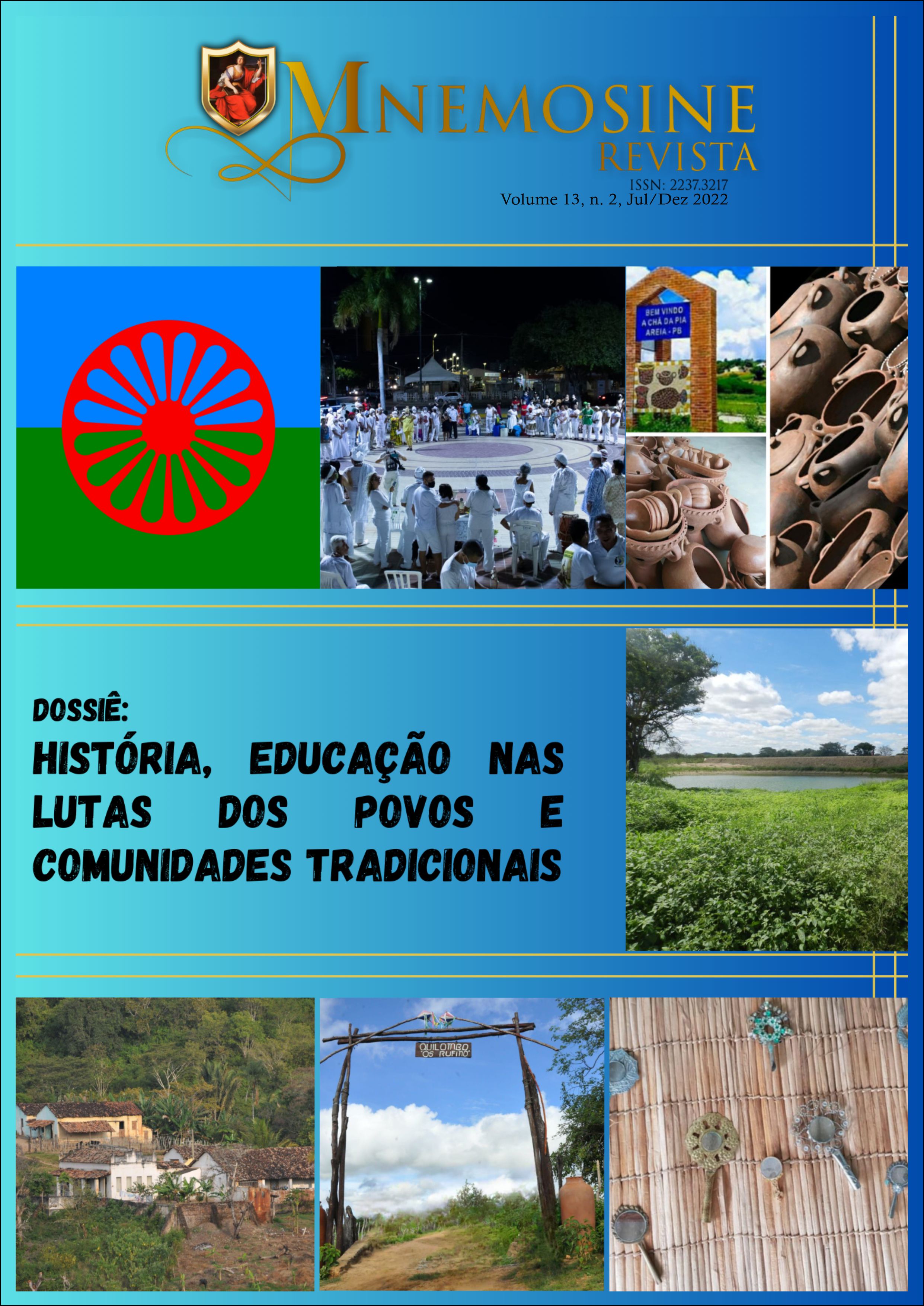RESIDENT CONDITION: THE FORMATION OF THE BLACK COMMUNITY SENHOR DO BONFIM/AREIA-PB
Abstract
Contemporary black communities, from multiple origins, envisioned, based on the applicability of article 68 of the Temporary Constitutional Provisions Act, contained in the 1988 Constitution, which recognizes the right of ownership to the lands occupied by communities remaining from quilombos, a possibility to solve the land issue in which they were immersed. Arising from historical processes of denial of the right to land, several communities began to organize themselves collectively around the land issue, with a view to conquering what had been denied them over the centuries. The Black community Senhor do Bonfim/Areia-PB, recognized as a quilombola community on April 18, 2005, demonstrates the complexity of the various experiences lived by the black population in the post-abolition period in the state of Paraíba and, which currently receive recognition as quilombola community. His training is linked to a recurrent practice in the of Paraíba marsh, the condition of inhabitant or “subjection”. It is known that abolition did not bring better living conditions for these, with that, new forms of subjection emerged, without any legal apparatus, there were not many choices but to live, asymmetrically in relation to the owners of the mills, in this fragile right to land. With a view to understanding this experience, we will approach the process of community formation in the municipality of Areia, through the use of demographic censuses (1872–2010), local historiography and oral reports of residents.












